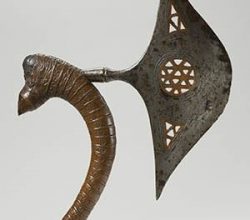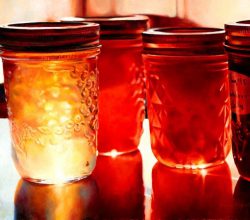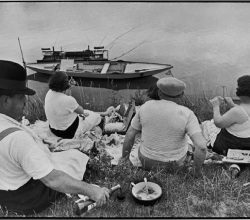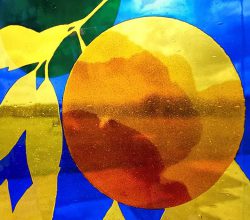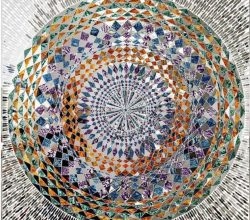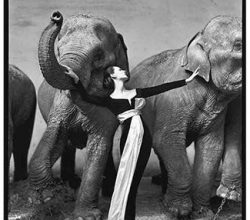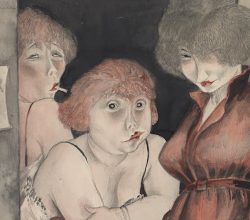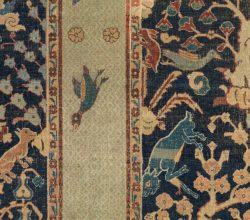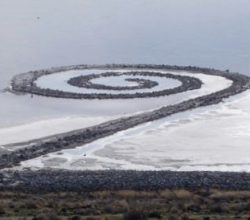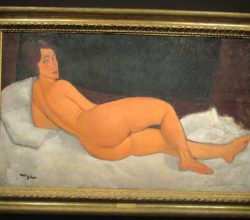
The Keeper of the Keys Tells His Tale
John Lankford | Los Angeles Review of Books | 17th August 2018
Da Vinci has been so famous for so long that we tend to see a “deified” version of the person. Martin Kemp, perhaps the most acclaimed da Vinci expert, has written a book that tries to determine where the truth lies. Da Vinci, he says, was “the ultimate outsider … a rather modern, scientific man who looks a lot like us … a scientist doing art [rather than] an artist distracted by science.”

